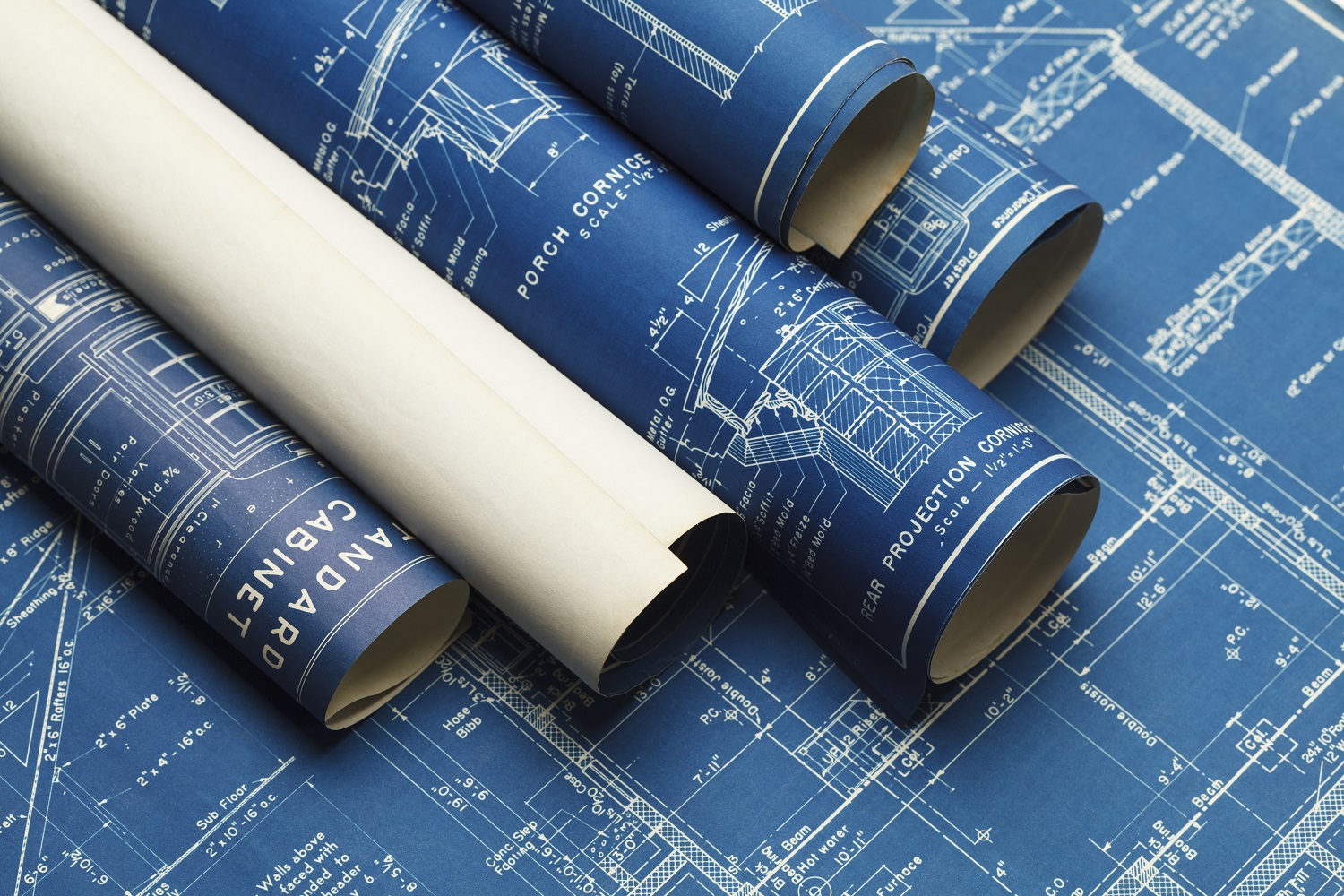North American jurisdictions are looking at changing building codes to improve the energy performance of commercial and residential structures. The use of better, more durable materials means less waste, less material used for repair and maintenance, and an overall reduction in a building’s greenhouse gas footprint.
Code breaking
- Building codes have traditionally focused on reducing fire and safety risks in new structures
- With climate change growing as a threat to communities, governments are looking at changes to building codes to mandate better environmental performance from buildings
- Building code specifications for more durable materials, and more durable buildings, help achieve that aim, reducing the amount of material used over a building’s life cycle, thereby helping reduce its carbon footprint

The first written building code in North America is believed to have been issued by the City of Boston in 1630. It was an ordinance that outlawed chimneys made of wood, as well as thatch wood roof coverings. The aim was to reduce the fire risk in the community.
And indeed, ever since, building codes have typically been connected to public safety – reducing the risk of fire, or building collapses, for example.
Today, building codes are both sweeping and detailed, mandating electrical, plumbing, material specifications, and specific construction methods and structural requirements.
But as climate change grows as a threat to public welfare, governments are beginning to examine the use of building codes to mandate reductions in greenhouse gas – to require that developers and builders use products that are more carbon neutral as well as products that will last, thereby reducing waste and reducing the carbon footprint of a building over time.
Products that last
“We need to start thinking seriously about the way we construct buildings,” says City of Waterloo councilor Jeff Henry. “This is sort of a nascent conversation, and it really needs to accelerate.”
Waterloo is a city of more than 100,000 in south-central Ontario, one of three cities forming the Region of Waterloo, which in turn has a population of more than half a million.
Henry was the spearhead behind a recent motion – one which passed at Waterloo council with unanimous consent – to push the Province of Ontario to align and harmonize its building code with federal standards on the energy performance of buildings. In the weeks since the motion passed, other municipalities in Ontario have begun to do the same. It’s part of a growing awareness North America-wide that building codes can play a role in arresting greenhouse gas (GHG) emissions.
“In our building inventory in Waterloo Region, emissions from buildings represent 45% of all emissions in the region,” says Henry, adding that commercial and residential buildings split the emissions total on an approximately 50-50 basis. He says that in Waterloo Region, only transportation produces more GHG than buildings.
What that means is that buildings offer huge potential for the reduction of emissions.
British Columbia and California, are leaders
Other jurisdictions are coming to the same conclusion and moving in a similar direction. In Canada, Henry says British Columbia has been the leader in using building codes to mandate energy efficiency and building performance.
In the U.S., meanwhile, the State of California has been at the vanguard of leveraging building code as a way to achieve environmental progress. Last year, the California Energy Commission adopted energy efficiency standards for newly constructed and renovated buildings. Its planned 2022 Energy Code encourages the use of electric heat pump technology, expands solar and battery storage standards, and adopts electric requirements for single-family dwellings. It deliberately moves the state away from fossil-fuel use in buildings. If approved by the California Building Standards Commission, the code will come into effect in 2023.
Mandating the use of better materials additionally helps buildings better withstand the battering they take during extreme weather, which appears to be increasing in frequency and severity as climate change takes hold. Fewer damaged components replaced after a storm means less material trucked to a landfill, less consumption of new materials, and a smaller GHG footprint.
More affordable
But mandating more energy-efficient buildings through changes in building codes is not only good for the environment, it helps make buildings more affordable, too, by reducing their operating and maintenance costs. More durable materials need to be replaced less frequently, meaning less money gets spent on replacement.
Less spent on replacement and maintenance allows condo boards to charge condo owners lower maintenance fees. It allows landlords to charge less rent, knowing they’ll be spending less on maintenance and operations. It allows affordable housing to remain, well, affordable.
“To run affordable housing, you raise the capital upfront [to construct the building], but then you've got to run the building. And you've got to run it in a way that allows people to have affordable rent in the long run,” says Henry.
“And the best way to do that is to have lower operation and maintenance costs over the lifecycle of the building.
“And the best way to do that is to really drive energy efficiency standards and quality and durability of materials. Because then the folks who live there don't have to pay for that upkeep.”
No single strategy, action, or policy will solve the climate crisis. But using building code as a lever to mandate smarter, more efficient, and longer-lasting building materials — and buildings themselves — makes sense, both in dollars and in terms of the environment. It’s one way we can make significant strides in the fight against global warming.



